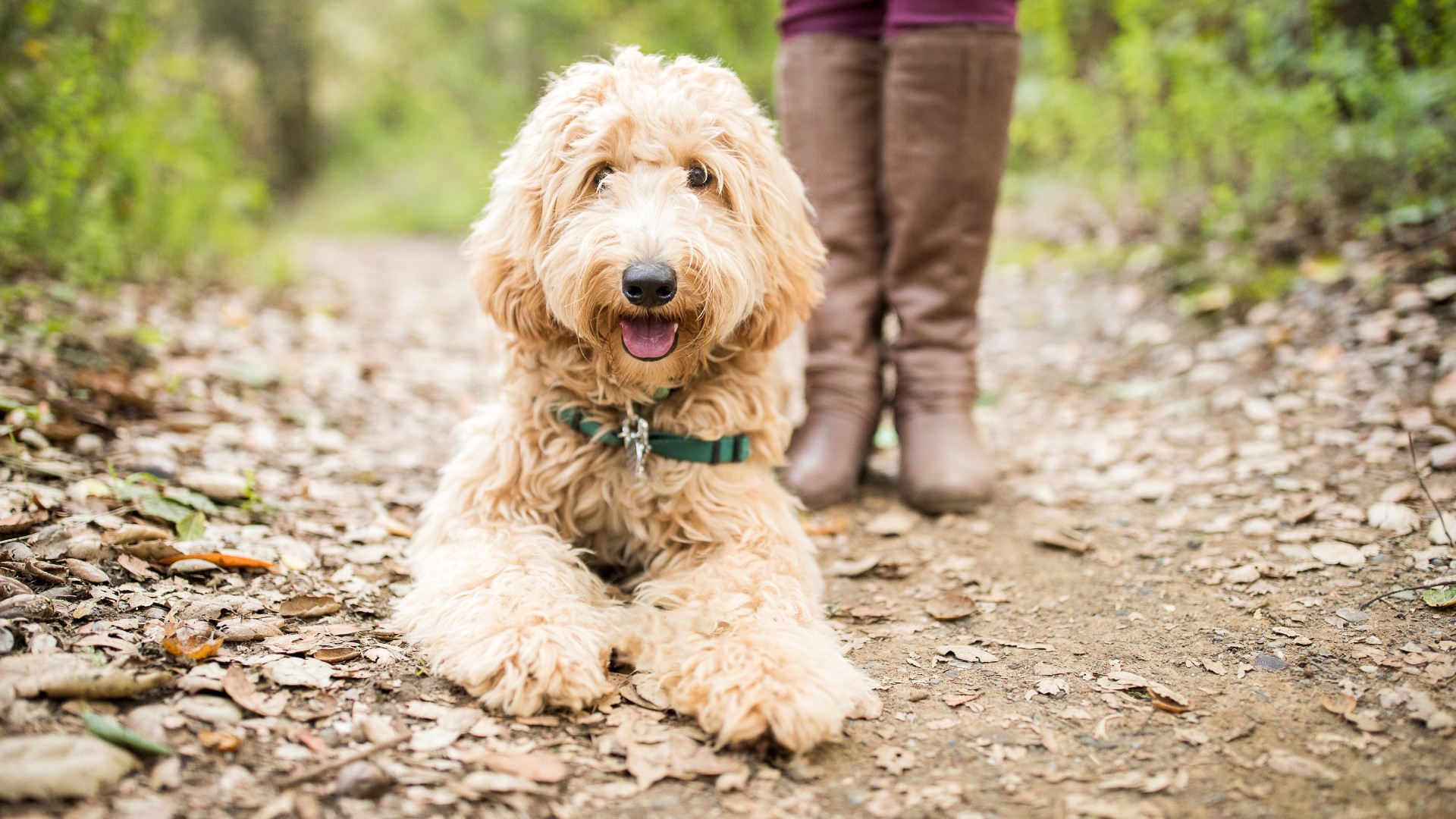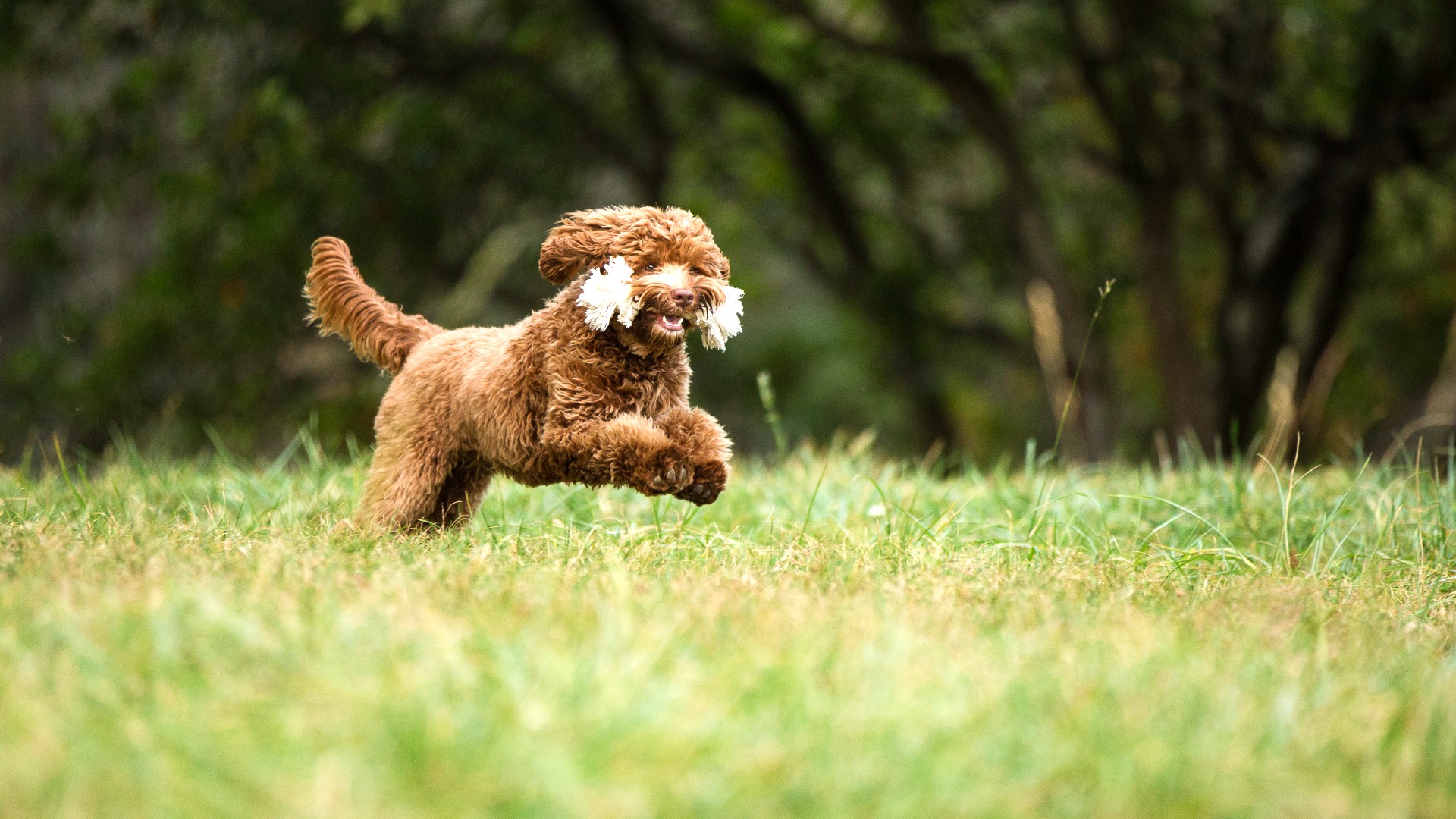10 Labradoodle facts you need to know
With the friendliness of a Labrador Retriever and the fluffiness of a Poodle, here are 10 Labradoodle facts about one of the cutest and most popular crossbreeds

When you look at these Labradoodle facts, it’s no surprise that these gorgeous bundles of fur are one of the most popular breeds in the UK. A cross between a Labrador Retriever and a Poodle, the Labradoodle is not only adorable with its Teddy bear looks, but they’re friendly dogs who will shower you with affection and bring lots of fun to your home.
With tons of energy to burn, this breed isn’t ideal for someone living in an apartment, but first-time owners and families will love this intelligent, easygoing and loveable dog who makes the ultimate canine companion. Here are 10 Labradoodle facts that will have you falling head over heels in love with this breed.
1. They were bred as guide dogs
The Labradoodle was created by breeder Wally Conron in 1988. He was working for the Royal Guide Dog Association of Australia and a woman from Hawaii was looking for a guide dog, but wanted a breed that wouldn’t aggravate her husband’s allergies. A female Labrador Retriever was crossbred with a male poodle and the result was young Sultan, the first-ever Labradoodle. The breed rapidly grew in popularity because of its calm temperament and “hypoallergenic” qualities.
2. They come in lots of different sizes and colors
Labradoodles vary greatly in size as this is dependent on the size of their parent breeds. They can be standard size (with pups weighing around 45lb), medium (around 25-45lb) or miniature (less than 25lb). Their coats can also be quite different from wavy or curly to wiry or even straight depending on how much poodle is passed down to them. They also come in a variety of colors including chocolate, cream, black, silver and a red apricot mix.
3. They tend to be good dogs for allergy sufferers
While there is no such thing as a hypoallergenic dog, some breeds are less likely to bring on fits of coughs and sneezes. Labradoodles are often classed as “hypoallergenic” dogs because they do not shed a lot thanks to their heritage. However, because they are a crossbreed and their coat is dependent on their mother and father, this may not be the case with all Labradoodles, so do check with the breeder first. While they may not shed often, they will still need to be brushed regularly.
4. They are water babies
Labradoodles love to swim, which is no surprise as both Poodles and Labrador Retrievers are water dogs. Of course, this can depend on the individual dog, but if they are exposed to water early on the breed generally loves to splash around and even dive into the deep end. Just make sure you remember their safety and make it fun for them. Water toys such as the KONG Wet Wubba are a great way to get them into swimming.
5. Celebrities are big fans
There are a lot of celebrity pets, but it’s no surprise that A-listers are fans of this sweet-natured breed. Actors such as Jennifer Aniston, sports stars such as Tiger Woods and even the president of the USA Joe Biden are all proud owners of Labradoodles. And it’s not just the Americans who are mad about these pups. The Crown Princess and Prince of Norway recently mourned the loss of their beloved Labradoodle Muffins.
Get the best advice, tips and top tech for your beloved Pets

6. They make great service dogs
We’ve already learned that Labradoodles were bred as guide dogs, but they also make great therapy dogs. They’re not only good companions, but these intelligent dogs are well-equipped to help people with conditions such as autism, physical disabilities or depression. They also offer emotional support because of their loving, loyal nature. This smart breed is used as tracking dogs too as they’re easy to train and have a great work ethic.
7. They’re fantastic with kids
If you’re looking for a family pet, look no further than the Labradoodle. The breed is fun and playful with lots of energy but is also happy to cuddle and will be gentle. Labradoodles love people and are very sociable dogs. They will need to be trained and may need supervision with younger kids as they can get quite excited and may knock over a small child, but they’ll be their best friend.
8. They may have underlying health issues
Wally Conron may have bred the first Labradoodle, but he is said to regret this decision as the crossbreed may have some underlying health issues inherited from their parent breeds. These may include hip and elbow dysplasia, ear and skin problems, epilepsy and allergies. This is often due to unethical breeding, so make sure you do your research and check its breeding before you bring a Labradoodle home. But don’t forget, not all Labradoodles suffer from health issues.
9. They’re a breeze to train
While they can be a bit mischievous, stubborn and may pick up bad habits, Labradoodles are easy to train as they’re smart, love to learn and are eager to please their owners - just like their parent breeds. However, be aware that these dogs need at least 30-60 minutes of exercise a day. They need plenty of space and lots of walks, plus playtime with some of the best dog toys. If they’re not mentally and physically stimulated they may get bored and can become destructive.
10. Labradoodles are not a recognized breed
While they may be super popular, Labradoodles are not recognized as a breed by the American Kennel Club. However, the International Australian Labradoodle Association, the Australian Labradoodle Association and the Australian Labradoodle Association of America are working to put together a breed standard and bring together Labradoodle breeders. Plus, the Oxford English Dictionary includes the word Labradoodle and the breed is also featured in the Australian edition of the classic board game Monopoly.
A friend for life
Labradoodles have a lifespan of about 12-14 years as both their parent breeds have long lifespans. These dogs tend to live happy and healthy lives so if you do decide they are the breed for you, you’ll be in for a long and wonderful journey with your adorable new friend.
Love facts? Here are some interesting dog facts to wow and impress your friends!

